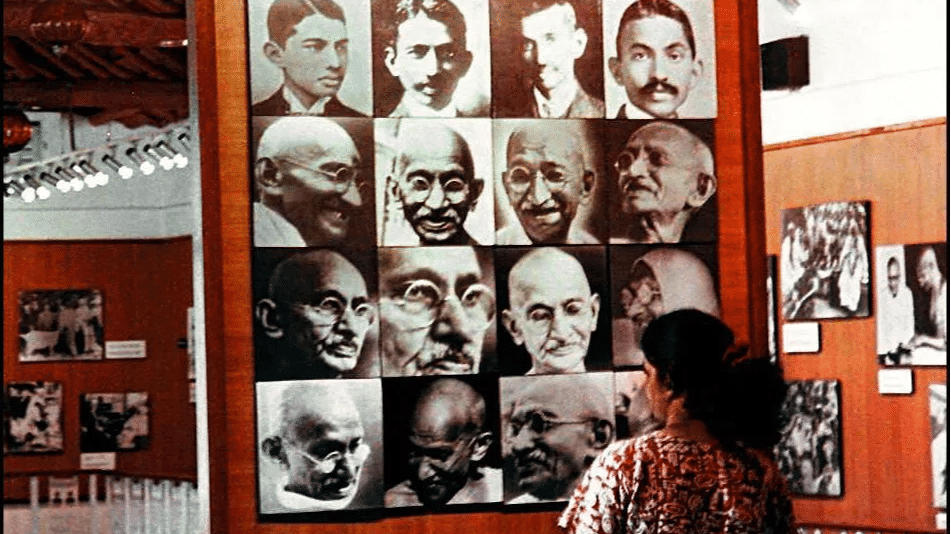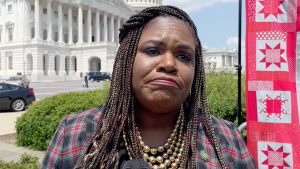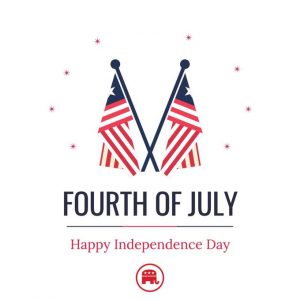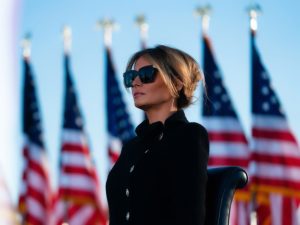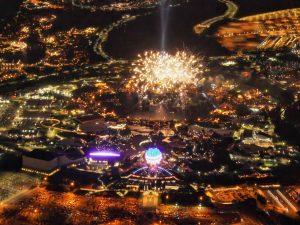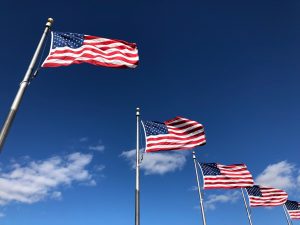The midnight of August 15, 1947 is considered to be one of the biggest moments in the Indian history. Acquiring independence from the
British was definitely a long road to achieve which could be felt through the
words of the first Prime Minister Jawaharlal Nehru when he said “At the stroke of the midnight hour, when the world sleeps, India will awake to life and freedom”.
But the struggle wasn’t over yet.
Even though the British had announced their withdrawal from the Indian soil, the
issue of princely states, who were both pampered and exploited by the British,
was a great deal to be taken care of by the new government in power. In the
Haripura session of the Congress (1938) itself, they had clearly put forth
their objective of integrating the states into the Indian union.
However, several states
were adamant over their decision to not join India. Some of them wanted
independent statehood, while others wished to join hands with Pakistan.
Here are the five princely
states that were against integrating with India:
1. Travancore
Known for its
maritime trade and richness on both human and mineral resources, Travancore was
one of the first princely states to refuse the integration. A distinguished
lawyer by profession, Sir CP Ramaswamy Iyer was the dewan of Travancore. By
1946 he had declared his intention of forming an independent state.
Historian Ramachandra Guha in his book says that CP Iyer had support from both Mohammed Ali Jinnah and the UK government in
this matter. However, he opted to change his mind after an attempted
assassination by the Kerala Socialist Party. Thus, Travancore joined India on
July 30, 1947.
2. Jodhpur
Maharaj Hanwant
Singh, the ruler of the Rajput state of Jodhpur was in confusion about
the whole matter. Even though the maharani (queen) wanted to join India, he was lured
by Jinnah to join Pakistan in the promise of offering full port facilities in
Karachi. On the other hand, Vallabhbhai Patel too tried to contact the Maharaja
and offered him with sufficient benefits. After many dramatic acts, Hanwant
Singh signed the Instrument of Accession on August 11, 1947.
3. Bhopal
Ruling over a
majority of Hindu population, Hamidullah Khan, the Nawab of Bhopal, always
wanted independent statehood. He was against the Congress rule and he had
mentioned about the same to Lord Mountbatten. But when the Nawab saw many
princely states being integrated with India at large, he too decided on the
same by July, 1947.
4. Hyderabad
The Nizam of
Hyderabad, Mir Usman Ali, was adamant in his decision to be independent and
wanted to join the British commonwealth. However, it was not encouraged by the
British. The situations in the princely state took violent turn which
Vallabhbhai Patel saw as a cancer in the belly of India. On September 13, 1948,
under Operation Polo, the Indian troops were sent to Hyderabad. The armed
encounter lasted for four days. Thus, on September 18, 1948 the princely state
joined India after the army gained full control over the state.
5. Junagadh
The princely state
of Junagadh was ruled by Nawab Muhammad Mahabat Khanji III. Even though Lord
Mountbatten during his address to the princes advised to join the Indian Union,
Nawab of Junagadh wanted independence. Junagadh had asked Pakistan for
accession, which later got accepted. This move enraged India and thus ordered
for a plebiscite. On February 20, 1948 the plebiscite was conducted and 91
percent voted to integrate with India.

